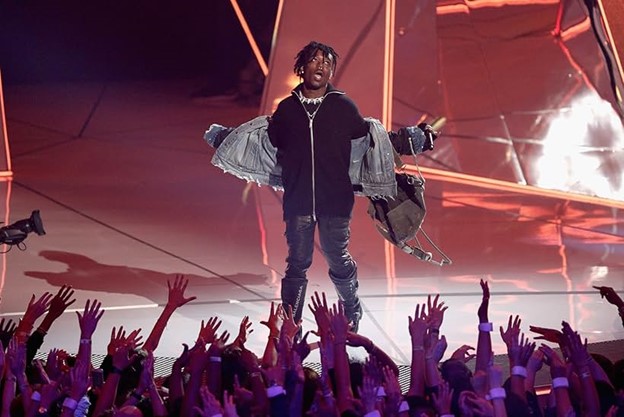Like many people, I am threatened by the idea and potential power of artificial intelligence (AI). This fear is amplified through TV shows and movies like “Black Mirror” and “iRobot,” which depict the dramatized possibilities and danger of AI. On April 18, Shlomo Zilberstein, a University of Massachusetts professor and well-known researcher within the College of Information and Computer Science, gave a lecture that changed my perspective on AI.
The study of AI began in the 1950s with programs that could do simple reasoning tasks along with the Turing Test. Created by Alan Turing, the test compared computer thinking to human intelligence. These innovations in the field led to the “first golden age of AI” in 1965, as Zilberstein called it. This brought the possibility of AI to the forefront of many minds, making it a common concept in films and TV shows. This also prompted large claims from both supporters and opponents of AI in the 1970s. Wild warnings supporting the idea that AI was the biggest existential threat to the human condition began appearing in literature and media. Zilberstein made sure to mention these wild claims of AI were made by people unfamiliar with the field. These skepticisms surrounding AI were effective and caused a decrease in advancements from 1974 to 1980. Zilberstein states that the new age of AI went from 1987-1993, but also including the development by Herbert Simon in 1956; creating optimal meta-reasoning systems that satisfice a task. Zilberstein said that the new challenges in the field is finding a way to create a common sense among programs along with easing the public into the idea of artificially intelligent systems working in their everyday life.
Artificial intelligence becomes a challenge when trying to implement common sense into the robot. A computer system can absorb and recite information, but lacks the human concept of common sense, preventing artificially intelligent systems from their full potential. This is an inherent action in a human brain that unifies our species, developing this in a code is arduous and has been attempted by many. Paul Allen, co-founder of Microsoft, has invested $125 million for the continued development of a common-sense code, calling it “Project Alexandria.”
During the presentation, Zilberstein mentioned a project that he has been working on with Nissan which is to develop artificial intelligence within automated cars. The system first developed was a non-linear plan coded within a car that instructed the car based on the surroundings at a crosswalk. This proved to be difficult because of the hundreds of entities that required real-time monitoring, so Zilberstein applied a different program called MODIA(Multiple Online Decision Components with Interacting Actions) that made for a more efficient car. This system uses multiple POMDPs: partially observable Markov decision processes. The POMDPs allow the intelligent system to form original beliefs from probabilities observed thus enabling the system to guess and minimize regret. This project stood out to me as a realistic application of AI that I would feel comfortable with in my daily life.
But even though AI programs are meant to help humanity, people are still against them. It is difficult to determine when a culture is ready for technological advancements. With AI, the public determines the success or failure of a program’s application. One way to understand the readiness of the region is to look at how the government involves themselves in these issues. The United States spends none of their budget on the retraining of workers who lost their jobs to automation. This problem will just get worse, with 62 percent of executives believe they will need to retrain or replace about a quarter of their workforce due to automation and digitization. This threat is even higher for the United States, 70 percent, compared to the rest of the world at 55 percent. The United States treats this growing issue differently than European countries because 35 percent of American executives believe that this problem can be solved by hiring new talent. Only seven percent of European executives believed this is the answer. Without enough retraining programs and the increased implementation of AI systems, even more people will lose their jobs. This is a large reason why many are against the increased use of AI.
Even though artificial intelligence is controversial, it is making its way into our world. It is increasingly being employed in resume reviewing, hiring, data mining and machinery. As citizens of this modern technological world, it is important to understand the limits and potential of this technology. There are plenty of reasonable applications for artificially intelligent systems, but as humans, we need to keep an eye on the potentially destructive presence that AI could have.
The United States government will need to adjust policy and programs before advanced technology can be implemented everywhere. If there were policies surrounding these technological advancements and job security, many Americans would be more comfortable with the increased daily use of AI and robots. We are slowly being acclimated to the concept of artificial intelligence, forcing us to question the unique values of our species.
Audrey Bushyeager can be reached at [email protected].



















